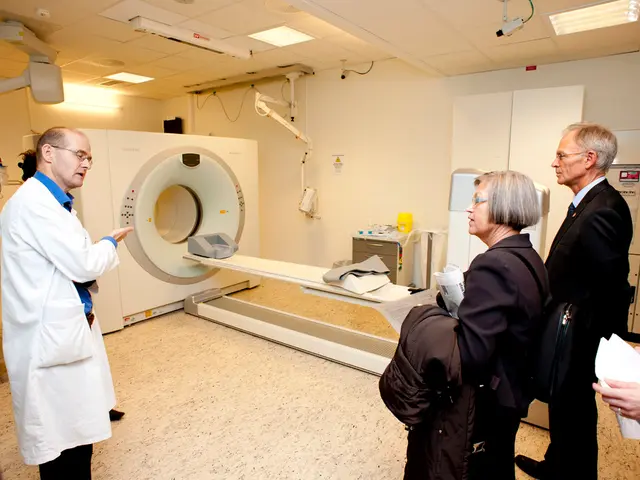Surgical solutions and results for treating impotence
Penile implant surgery has emerged as a highly effective and reliable solution for men struggling with persistent Erectile Dysfunction (ED), offering success rates exceeding 83-90% among patients and their partners. This surgical intervention restores spontaneous and on-demand erectile function, reducing the need for medications or external devices and improving intimacy.
Benefits of Penile Implants
The benefits of penile implants are numerous. Over 90% of men report satisfaction with the procedure, with about 85% of partners also expressing satisfaction [2][3]. Implants provide a natural and spontaneous means to achieve an erection, reducing anxiety and psychological burden related to ED [3]. They eliminate the need for pills, injections, or pumps [2], and recovery time is typically quick, with most men resuming sexual activity by 6 weeks [2][4]. Modern inflatable implants last 10-20 years on average [2].
Risks and Complications
While penile implant surgery is generally safe, it does carry typical surgical risks. The most concerning risk is infection, which may require implant removal or antibiotic treatment. Infection risk is lowered by antibiotic-coated implants but can occur postoperatively or years later [1][2]. Other potential complications include mechanical failure, pain or discomfort, implant erosion or migration, and irreversibility [1][2].
Success Rates
Studies have shown satisfaction rates ranging from 83% to over 90%, reflecting successful restoration of sexual function and quality of life [2][3][5]. The inflatable penile prosthesis is regarded as the gold standard for severe ED due to its mechanics and patient-reported outcomes [5].
Types of Penile Implants
There are two types of penile implants: malleable and inflatable. Malleable implants are simple to implant and operate but interfere with urination and have a semi-erect state. In contrast, inflatable devices come in two styles: two-piece and three-piece. Two-piece implants are easier to conceal and operate, while three-piece devices provide the best rigidity for an erection [6].
Vascular Reconstruction
Vascular reconstruction, which aims to restore blood flow to the penis by reconstructing any damaged blood vessels, is usually only recommended for young males with damage to the arteries from injury or congenital abnormalities.
Coverage and Cost
Penile implants are covered under Medicare Part B, which covers outpatient procedures. The deductible for 2023 is $226, and the individual is responsible for 20% of all approved charges for the procedure. A Medicare supplement policy (Medigap) will usually cover this amount.
In conclusion, penile implant surgery is a well-established, effective treatment for severe ED with high success and satisfaction rates. It carries typical surgical risks, primarily infection and mechanical issues, but these are uncommon with experienced care. The procedure is irreversible and best reserved for patients who have exhausted conservative therapies [1][2][3][5].
- The success rates of penile implants in restoring sexual function and quality of life are high, with satisfaction rates ranging from 83% to over 90%.
- Men's health and wellness can significantly improve with penile implants, as they offer a natural and spontaneous means to achieve an erection, reducing anxiety and psychological burden related to ED.
- Penile implants have a positive impact on mental health, as they eliminate the need for medications, injections, or pumps, and recovery time is typically quick.
- Cardiovascular health should be considered when considering penile implants, as vascular reconstruction may be necessary for young males with damage to the arteries due to injury or congenital abnormalities.
- In addition to addressing chronic-kidney-disease and chronic-diseases, penile implant surgery also helps manage sexual-health and respiratory-conditions, as it reduces the anxiety and burdens related to ED.
- This medical-condition-focused treatment is covered under Medicare Part B, which covers outpatient procedures, but it does carry typical surgical risks, primarily infection and mechanical issues.








